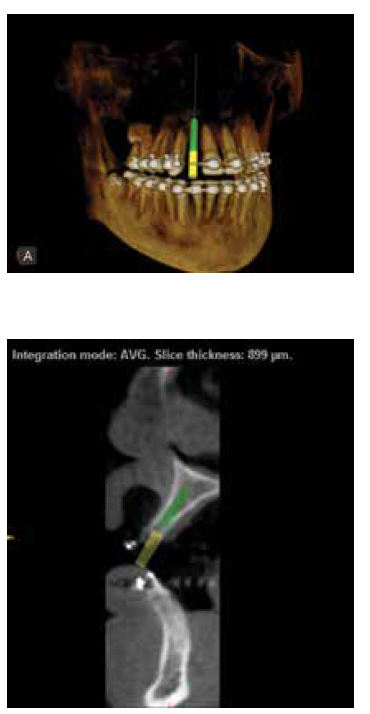Dr. Justin Moody discusses his choice for small diameter implants

In the beginning of implant dentistry, clinicians’ only choices for small diameter implants were one-piece titanium implants of variable sizes ranging from maybe 1.9 mm to 3.2 mm. The downside to these small diameter, or what many refer to as mini-implants, was that they were one piece, which meant that they had to be loaded immediately. It was this lack of restorative options that kept many from using them and truthfully what caused them to get a bad rap. The argument was so heated that online forums and discussion boards had to create second columns for the “mini” implant people. As time has passed, I have found myself placing narrower implants for preservation of buccal bone and soft tissue maintenance.


Today is a different story all together as we now have 3.0 mm two-piece implant options with full restorative options and anatomically correct implant bodies; the tapered body allows for better positioning in the anterior for those missing lateral incisors and lower anteriors. This is significant as we can provide the patient with exactly what they need, not just what we can do, if we are limited by the implant or restorative options. We can elect to submerge the implant in a traditional two-stage procedure with a cover screw when the situation calls for it. When the need calls for immediate provisionals and loading, the 3.0 is well equipped to handle most any situation.
These implants are now included in most treatment planning software for use in case design and for fabrication of surgical guides. Cone beam CT machines like the Carestream 8100 3D allow for real-time virtual implant placement as well as easy integration with guide manufacturers like Implant Concierge™.
How do you choose a small diameter implant? The BioHorizons® Laser-Lok® tapered internal 3.0 is my implant of choice. Not only do these implants have the Laser-Lok surface treatment that has shown great bone and soft tissue attachment, but with the reverse buttress thread design, they have amazing initial stability. When I looked at the full line of prosthetic products such as the ability to make hybrid abutments on titanium bases, stock esthetic abutments, and screw retained crowns, it was a no-brainer for me. As technology continues to advance, I’m looking forward to even more options for my patients and my practice.
Stay Relevant With Implant Practice US
Join our email list for CE courses and webinars, articles and mores

 Justin Moody, DDS, DICOI, DABOI, is a Diplomate of the American Board of Oral Implantology and of the International Congress of Oral Implantologists, Fellow and Associate Fellow of the American Academy of Implant Dentistry, and Adjunct Professor at the University of Nebraska Medical College. He is an international speaker and is in private practice at The Dental Implant Center in Rapid City, South Dakota. He can be reached at
Justin Moody, DDS, DICOI, DABOI, is a Diplomate of the American Board of Oral Implantology and of the International Congress of Oral Implantologists, Fellow and Associate Fellow of the American Academy of Implant Dentistry, and Adjunct Professor at the University of Nebraska Medical College. He is an international speaker and is in private practice at The Dental Implant Center in Rapid City, South Dakota. He can be reached at 

